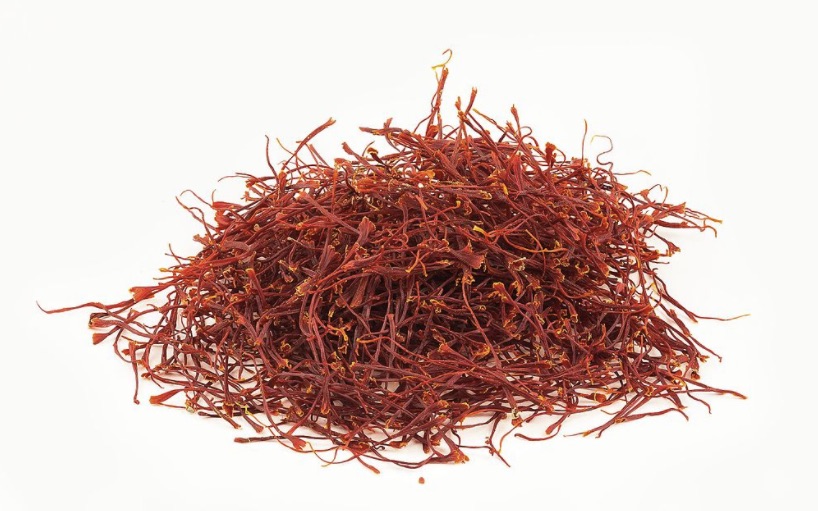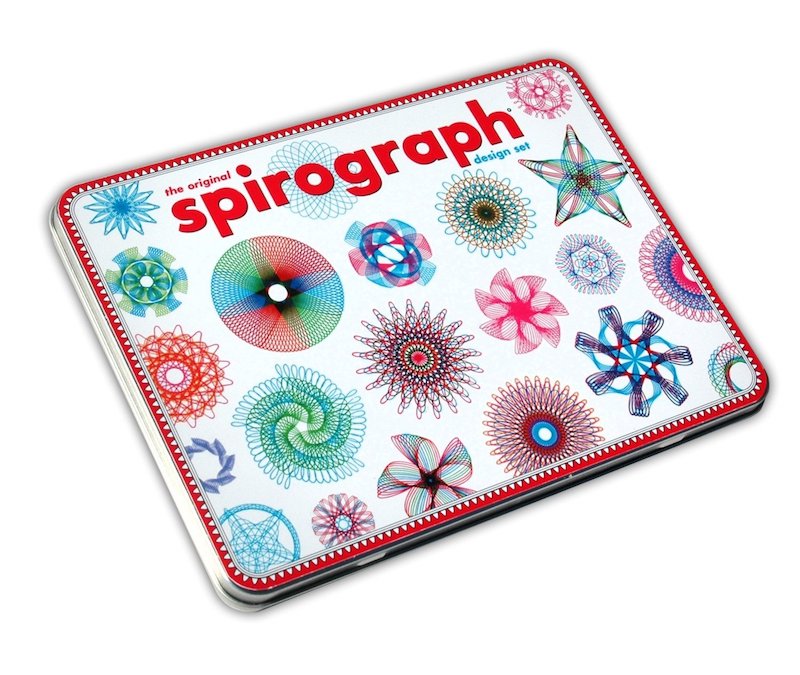via the New Statesman by Mary Beard
From striking coffin portraits to boldly erotic statues, the art of the Romans and Greeks tells us compelling stories about how they lived, died, and loved.

Life after death: Phrasikleia’s memorial.
Photo: National Archaeological Museum, Athens, Greece
The Kerameikos, or “potters’ quarters”, in ancient Athens was a place where two very different images of the human body collided – and two very different functions of those images. The painted pottery, that staple of Athenian everyday life, from the drinking party to the kitchen, was produced under the shadow of one of the main cemeteries of the city, next to the memories of Athenians past and of the marble memorials to the dead.
If images helped Athenians live in the company of each other, they also helped in keeping the dead in the company of the living. One of the most arresting jobs of ancient – as well as modern – sculptures was to be some kind of antidote to death and loss.
No statue brings that home more forcefully than the marble memorial of a young woman unearthed in the 1970s in the countryside around Athens. Her name, written on the inscription underneath, is Phrasikleia – and that means something like “aware of her own renown”. Carved around 550 BCE, she is one of the most striking of the surviving grave markers from the ancient Greek world. She has a wonderfully patterned dress, clothed for eternity in her finest. The traces of red pigment that still remain are a useful reminder that most Greek sculpture was richly, even gaudily, painted; and wearing that strange smile that is so common in early Greek sculpture, she seems to guarantee some kind of “real life” in the marble. For, in the whole world, it is only living human beings who actually smile.
Continue reading
==============================
via Interesting Literature
The greatest daughter poems
Previously, we’ve selected some of the best poems about mothers, and some of the best poems about fathers. Now, it’s the children’s turn, as we offer five of the greatest poems about daughters.
Continue reading
==============================
via Boing Boing by David Pescovitz

"Delicate saffron threads, plucked from crocus flowers and dried" by Huberti
Over at pop archaeology site Ancient Origins, Danny Nemu considers the psychoactive plants referenced in the Bible.
Continue reading
==============================
via 3 Quarks Daily: Steven Shapin in the Boston Review
Can science make you good?
Of course it can’t, some will be quick to say – no more than repairing cars or editing literary journals can. Why should we think that science has any special capacity for moral uplift, or that scientists – by virtue of the particular job they do, or what they know, or the way in which they know it – are morally superior to other sorts of people? It is an odd question, maybe even an illogical one. Everybody knows that the prescriptive world of ought – the moral or the good – belongs to a different domain than the descriptive world of is.
Continue reading
==============================
via About History by Alcibiades

The coronation of Yazdegerd III
In 633 the forces of the newly established Rashidun Caliphate moved into Sassanid Mesopotamia and captured village to village eventually moving into the Sasanian Province of Asoristan and capturing the important defensive site of Nahavand, with these gains essentially assured Rashidun victory over the Sasanian Dynasty of Iran.
Continue reading
==============================
via the Guardian by Ian Sample Science editor

Paintings on a section of the La Pasiega cave wall, including a ladder shape composed of red horizontal and vertical lines. Photograph: P. Saura/PA
More than 65,000 years ago, a Neanderthal reached out and made strokes in red ochre on the wall of a cave, and in doing so, became the first known artist on Earth, scientists claim.
The discovery overturns the widely-held belief that modern humans are the only species to have expressed themselves through works of art.
In caves separated by hundreds of miles, Neanderthals daubed, drew and spat paint on walls producing artworks, the researchers say, tens of thousands of years before modern humans reached the sites.
Continue reading
==============================
via the Big Think blog by Frank Jacobs
So you're a vulture, riding the thermals that rise up over Iberia. Your way of life is ancient, ruled by needs and instincts that are way older than the human civilization that has overtaken the peninsula below, and the entire planet.
But that doesn't mean you're oblivious to change. Survival means being flexible, wary of new dangers and open to new opportunities. In this case, it means being aware of a strange thing the humans call a 'border', more specifically the one between Spain and Portugal.
That border may be an arbitrary and artificial line, but as a vulture who's with the survival-of-the-cleverest programme, you know better than to stray west of it. Why? Because all the good carcasses are in the east, on the so-called 'Spanish' side.
Continue reading
==============================
via Boing Boing by Jason Weisberger

Continue reading
==============================
via Interesting Literature
The meaning of Shakespeare’s spring sonnet
‘From you have I been absent in the spring’ is not up there with Shakespeare’s classic opening lines, such as ‘Shall I compare thee to a summer’s day?’ or even ‘How like a winter hath my absence been!’ But it’s an intriguing sonnet that deserves closer analysis, so let’s dive among the birds, flowers, and Saturn with the Bard and find out how his spring’s going.
Continue reading
==============================
via the Big Think blog by Scotty Hendricks
We all love the art, but we often forget the difficulty of being an artist. Here are some of the most famous, greatest writers of all time who never could quite make a living doing it.
The image of the broke writer is engrained in the popular imagination. The often tortured artist who writes until they remember to eat, and then eats too little as to stretch out their failing budget.
While this image doesn’t apply to most writers, there are a few remarkably famous authors who hardly made a dime by writing. This didn’t stop them from joining the ranks of the most celebrated poets and novelists of all time. Here we have six such authors for your consideration.
Continue reading
No comments:
Post a Comment